How to wash a feather pillow at home?

Along with the use of synthetic fillers, pillows continue to be traditionally stuffed with bird feathers. Waterfowl representatives of the bird world - swans, ducks, geese, eiders - share this excellent heat-insulating and moisture-proof material with humans. To increase the softness of sleeping accessories and reduce their weight, manufacturers use a down-feather combination.
Such pillows have a lot of practical advantages: hygroscopicity, air permeability, dimensional stability and pleasant elasticity, which for many is a prerequisite for a comfortable sleep.

But for all its merits, any down and feather product is a source of potential health hazard. The natural origin of down and feathers makes them a breeding ground for microscopic mold fungi and parasites, in particular house dust mite, which provokes unwanted reactions and exacerbation of symptoms of respiratory pathologies. Proper maintenance of your bedding, which should be cleaned annually, can help minimize the risk of these problems.
Let's talk about how to wash a down and feather pillow at home and what processing methods are guaranteed to return the products to freshness and help to maintain their original softness.


Funds
Despite the huge range of household chemicals, not every detergent is suitable for cleaning feather and down pillows. So, it is advisable to immediately abandon the use of washing powders, and even well-known brands, because It is quite problematic to rinse out the powder granules from the down and feather filling qualitatively.
The second negative point concerns the free-flowing consistency of powdered products, which negatively affects the beneficial qualities of natural materials. But when there is nothing else at hand, then the use of the powder should be strictly dosed, no more than 50 g per load of the machine.
For the care of down and feather fillers, gentle bio-agents in the form of gels are recommended. Usually they wash delicate fabrics and products made from natural fibers. And this is exactly what you need for washing feather and down pillows.


Which of the drugs deserve attention:
- Specialized concentrate "Unipuh". It contains no phosphates, harsh bleaches and chlorine. It does a good job of removing a wide variety of dirt, while maintaining the integrity of the filler structure, lipid coating and the breathability of pillows. Processing "Unipuh" reduces feather fragility and prevents the filling from rolling. They are good at cleaning down jackets and down bedding.
- Biological agent of delicate action BioMio - environmentally friendly and odorless. Ideal for gentle and high-quality cleaning of products made from natural materials.
- Biogeli for washing baby clothes - high-quality products that, thanks to the gel formula, rinse out of the structure of natural fibers without any problems. They are hypoallergenic and can easily remove stubborn stains.



There is no doubt about the benefits of laundry soap with a high alkali content and fatty acids in a volume of at least 72%. Once again, we list the main advantages of the well-known tool to everyone:
- It has an antibacterial effect, which is an additional plus in the fight against dust mites.
- Has a completely eco-friendly composition without the slightest hint of synthetic additives.
- Hypoallergenic - eliminates the risk of developing or exacerbating allergies.
Method of application: the bar is crushed with a grater and a working solution is prepared from the resulting shavings. Minus: after washing, things have to be thoroughly rinsed.
In addition to liquid detergent or soap, it is recommended to use a mixture of one or more scented oils to neutralize the specific odor of bird feathers.


The ways
In order to properly wash a down and feather pillow at home, and this is done by machine and manual methods, it is important to correctly prepare for processing.
You should know that no matter what method is used, only the filling is subject to cleaning. And since such products do not completely wash, you will need covers, where the filler will be placed in parts, in order to avoid its loss.
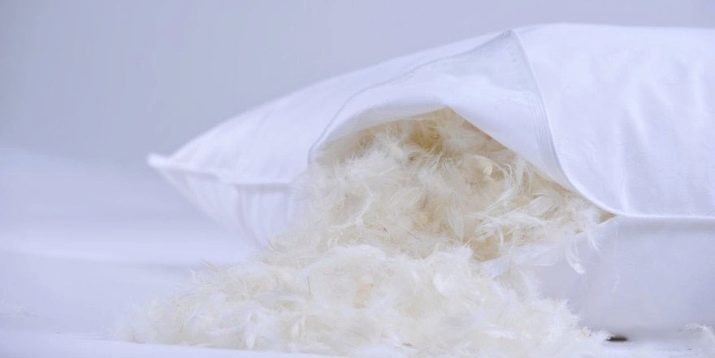
Chintz is suitable for sewing fabric cases, although other loose cotton fabrics can also be used. Gauze, by the way, is absolutely not a suitable option: a fragile single-layer material, sharp tips of feathers will quickly break through, and a two-layer gauze shell will instantly clog the fluff. In both cases, the packing volume will sharply decrease, which is unacceptable.
The width of the cases should coincide with the width of the sleeping accessory, while being twice as long. With bags of this size, it is convenient to carry out any manipulations during washing, and drying the contents will take much less time.
You can use a couple of old pillowcases as covers. The optimal solution for multiple washing is the pillow cases with zippers.


To prepare a downy product for cleaning in any way, proceed as follows:
- First, the dust accumulated inside is removed using a carpet beater (crackers).
- Carefully unpick the napert from one edge.
- Being careful, they transfer the filling into the cases. A damp cotton sheet will keep the weightless down from spreading throughout the room as it is removed from the pillowcase.In addition, natural cotton fibers have anti-static properties, which also makes it easier to handle lightweight feathers.
- The cases are well tied, if not laziness, then they fix the ripped edge with threads or fasten the zipper.
It is advisable to immediately clean the gutted bed-case. Do not forget to get rid of the remaining fluff before washing.
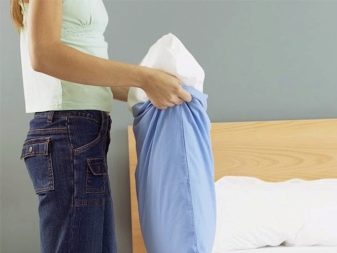

Handwash
The process of washing bedding by hand includes three procedures:
- prolonged soaking;
- the wash itself;
- multiple rinses.
Warm water is poured into a spacious container or bath, the optimum temperature is from 30 to 40 ° C.
Hot water provokes the appearance of an unpleasant odor, from which it will be unrealistic to get rid of it later.
A two-hour soaking of covers with down and feather filling is quite enough for it to have time to soak properly and even the deepest dirt begins to come out. Washing can have some nuances, which directly depends on the degree of wear of the pillow.


Cleaning a new pillow
The filling of recently purchased pillows is completely fresh, so the feathers are firmly attached to the rods, that is, you do not have to worry about the safety of the filler during wet processing.
Procedure:
- the product is soaked in any of the previously listed detergents;
- the pillowcase is freed from feathers;
- the filling is placed in parts in a colander, rinsed and squeezed;
- sort out the wet down-feather mass to remove the remaining specks;
- the feathers are transferred back to a colander and the rinsing procedure is repeated;
- dilute a few drops of aromatic oil in a container of a suitable size and dip the feathers there.


Thanks to this procedure, the filler will acquire a pleasant smell and once again disinfected. The best effect is provided by natural aromatic oils of orange, pine, cypress. Synthetic fragrances can cause itchy skin or migraines. After the aroma of the bath, it remains to dry the feathers, which will be discussed below.
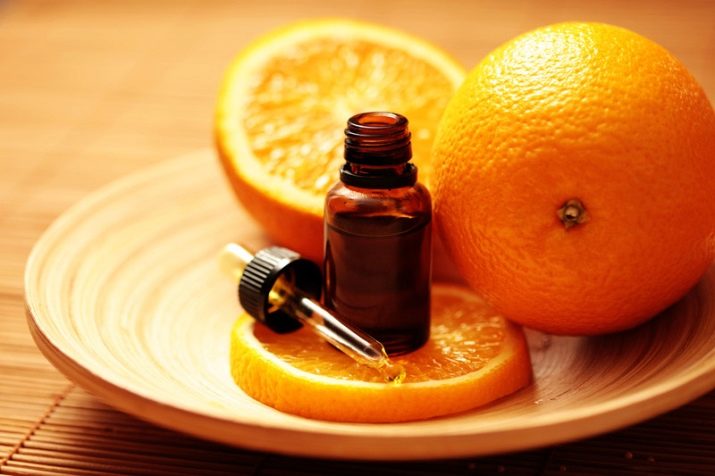
Cleaning the old pillow
Here, you will need to act with caution to avoid damage to the repeatedly used packing. In this case, cleaning preparations and aromatic oils are used in a similar way. To eliminate the lingering odor of feathers and improve their condition when soaking, ammonia is added to the water. In the absence of ammonia, you can use vinegar at the rate of 15 ml of essence per 5 liters of working soap solution.
Unlike the new stuffing, the old one is carefully washed directly in the cloth cases.


Washer
Feather bedding can be washed at home using a washing machine. In order to improve the quality of washing, do not neglect the capabilities of special soft plastic balls for cleaning feather fillings. Their principle of operation is extremely simple: when the drum splashes water and turns the contents along with the balls, they hit the product many times and "knock out" the deeply ingrained dirt. Another useful function of balls is prevent feathers from falling into lumps.
An alternative to a plastic ball is a tennis ball, which will provide a similar effect when washing feathers.

General rules for machine washing include:
- Use of durable covers made of dense material that can withstand multiple drum rotations and water pressure. The compact new accessory will not be a problem, even if it is washed completely with the padding. Whereas the strength of a worn-out bed-case is doubtful, which means there is a high probability of damage to it during the washing process, and this can lead to a malfunction of the automatic machine.
- Even distribution of the load inside the drum. Uneven loading when inserting one case will provoke strong vibration.For this reason, you need to add a towel or a couple of pillowcases, then the balance will be restored.
- Choosing the right washing mode: creating optimal conditions for a machine wash involves using the programs: "Delicate wash", "Hand wash", ideally - "Wash a duvet / down jacket". Each of these modes is characterized by a combination of a temperature of 30 ° C and a double intensive rinse when spinning at low power up to 400-500 rpm.
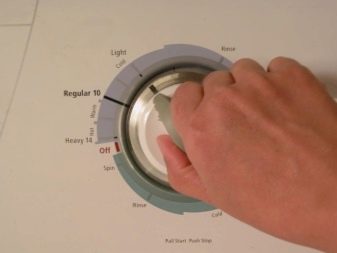

Sequence of works when washing machine:
- the filled cases are placed in the drum;
- the encapsulated gel is added directly to the drum, and the concentrate is filled into a compartment specially designed for liquid products, after which beads are added;
- at the end of washing, the cases are removed and laid out on a flat surface for drying.
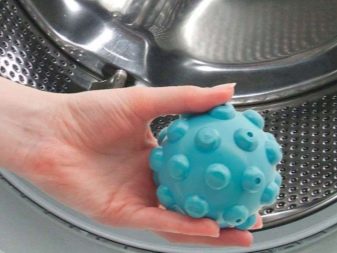
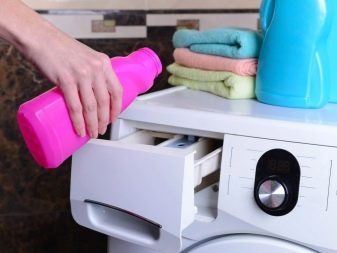
How to dry?
To begin with, here are some general guidelines for drying down and feather sleep accessories:
- When squeezing feather mass, it is necessary to remove moisture efficiently. Wet feathers are of interest for disease-causing organisms and molds. From a product with a characteristic unpleasant odor that has appeared, which will already be a clear sign of mold damage, all that remains is to get rid of.
- It is advisable to wet cleaning down and feather accessories in the summer. In hot weather, the products will dry at maximum speed. Therefore, it will only take a day or two to dry. The faster the moisture evaporates, the lower the likelihood of developing a fungus.
- A prerequisite for high-quality down drying is good air circulation, therefore, filled cases are placed in sufficiently ventilated places.

Consider the three most common and most convenient ways to dry down and feather filling.
Outdoors
Drying of feathers in the street can be carried out not only in the warm season, but also in the winter season. Summer drying advantage - the ability to treat feathers with ultraviolet light - a weapon of mass destruction of pathogenic viruses and bacteria. A similar effect can be achieved by "freezing" the filling in winter, since the effect of frosty air is just as destructive for all harmful microorganisms.
How to dry properly:
- the filled covers are wrung out with gentle movements using a terry towel;
- then hands knead the matted lumps of feathers;
- hanging cases on the street.


If the filling is dried in the summer, then it is periodically shaken by hand kneading. In winter, the covers are first brought into the heat, allowing the frozen moisture to thaw, and only then the contents are straightened.
Battery
If it's too cold outside, heating radiators can be used to dry the washed feather padding. To prevent the down and feathers from drying out, they are distributed over several cases, filling 50%, systematically beat and knead the lumps, not forgetting to turn the covers more often.

With the help of special tools
These days, only the lazy has not got a convenient floor dryer for clothes. This is just this useful thing that comes in handy for drying cases with feather and down filling. To increase the drying speed, it is placed in the immediate vicinity of heating radiators.
Another modern assistant in everyday life is a tumble dryer. This is the perfect solution for drying your washed bedding. According to the instructions, such a unit ensures their complete drying within four hours at a given temperature of 30 degrees. If you put a few balls in the dryer, you can get rid of the lumps at the same time. Owners of automatic machines equipped with a dryer should also use miracle balls, which will take care of uniform whipping of the down filling.
Whichever method is used, the final stage of processing the pillows is filling the washed and ironed napkin with the dried filler. The cut edge is sewn together.



Care rules
With proper and timely maintenance, a feather pillow will last much longer.
What is needed for this:
- Shake the pillows daily to reduce the amount of caking. It is advisable to do this in the morning, so that the product has time to restore its original shape by the evening.
- Ventilate bedding in fresh air monthly. You already know about the beneficial effects of ultraviolet radiation and frosty air. It is also a great way to freshen up your pillow, which will be a pleasure to sleep on. A high humidity regime in an apartment is a reason for more frequent drying.
- Long-term storage of down and feather pillows involves the use of dense fabric cases. The disadvantage of plastic bags is insufficient ventilation, because of which the product may "suffocate".

The simplest solution for those who do not want to wash the filler or simply do not have free time is dry cleaning services. By entrusting the pillows to professionals, you will receive high-quality cleaned, disinfected accessories in brand new pillow cases.
Let us remind you once again that the annual processing of natural fillers is not only an integral part of quality care.
Keeping your pillows, as well as your other bedding clean, is your health first. And, as you know, you can't buy it for any money.


Recommendations
Finally, we offer some more tips for caring for down and feather pillows.
To reanimate the shriveled down mass, the following methods are used:
- Place bags with sticky filling in a bulky plastic bag. It's great if there is a special vacuum bag for storing things. They take a vacuum cleaner and insert a hose into the package, having previously disconnected the nozzle. The docking point is wrapped as tightly as possible with tape. Then, all the air is pumped out, after which - re-injection. The procedure is repeated a couple of times.
- The product is placed on a soft horizontal base and, using a plastic cracker, systematically tap on it from the sides.

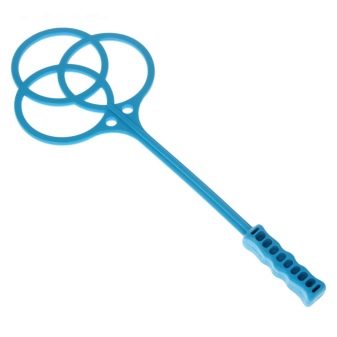
The appearance of an unpleasant odor, dark stains and streaks after washing is a reason for repeated wet processing.
Feathers and down of not only the numerous waterfowl family, but also chickens can be used as stuffing. Unlike duck, swan, goose feathers, contact with water is contraindicated for chicken feathers, as it provokes their deformation.
Therefore, such beddings are shown exclusively dry washing methods, namely, their:
- knocked out with a firecracker;
- vacuuming using a nozzle used to clean upholstered furniture;
- fried in direct sunlight. An alternative option is ironing without turning on the steam function;
- with the onset of cold weather, they freeze in street conditions, placing them on the balcony.

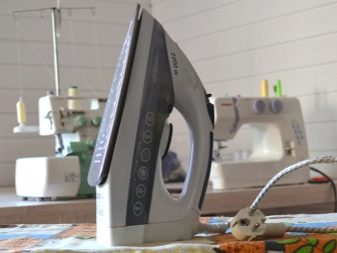
However, the most effective result can be achieved only through dry cleaning using ultraviolet lamps in combination with air treatment. For this purpose, the filling is removed from the bed-box, and then placed in a special apparatus for blowing. Air flows efficiently remove dust accumulations in the deep layers of the filler, and also help to restore the volume of feathers. UV radiation will take care of the destruction of microorganisms.

For information on how to wash a feather pillow at home, see the next video.








